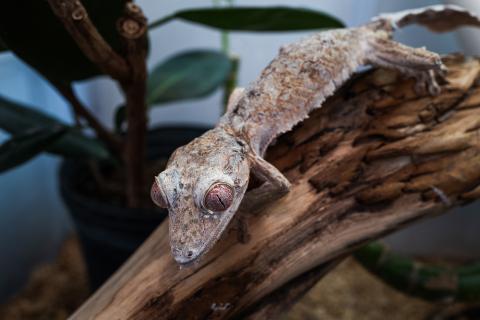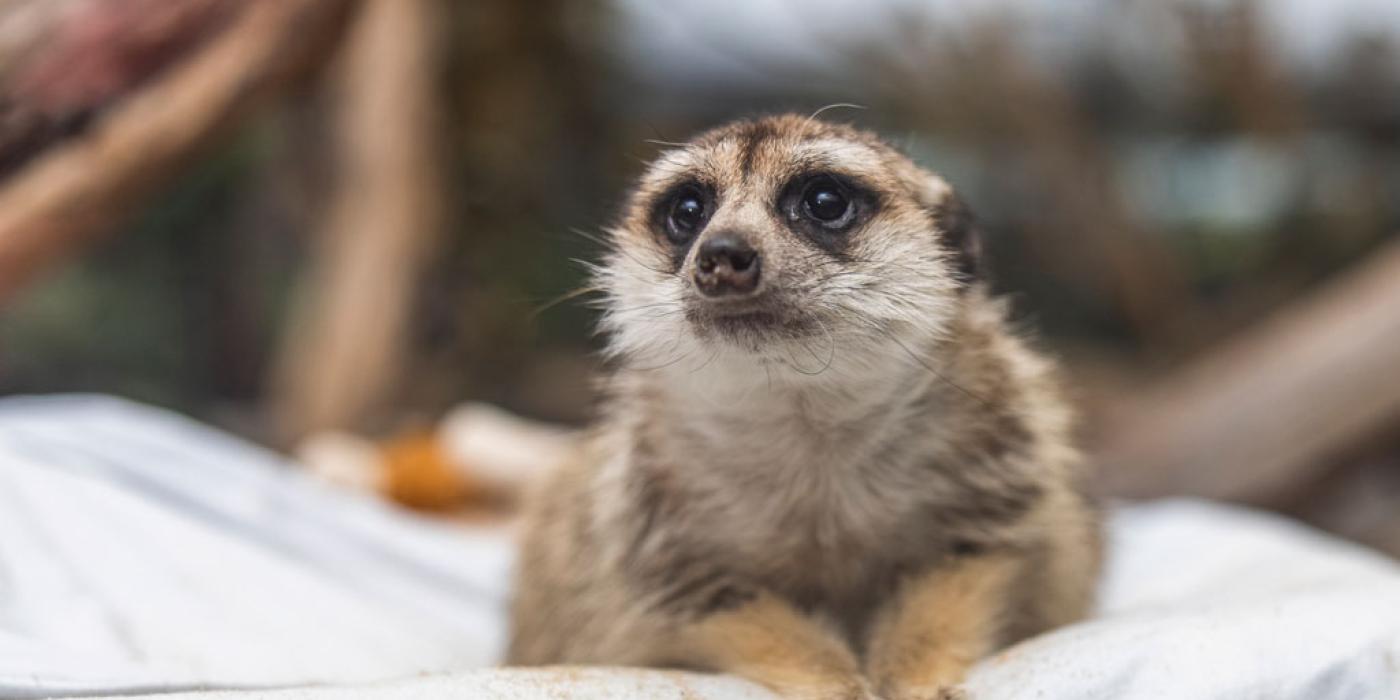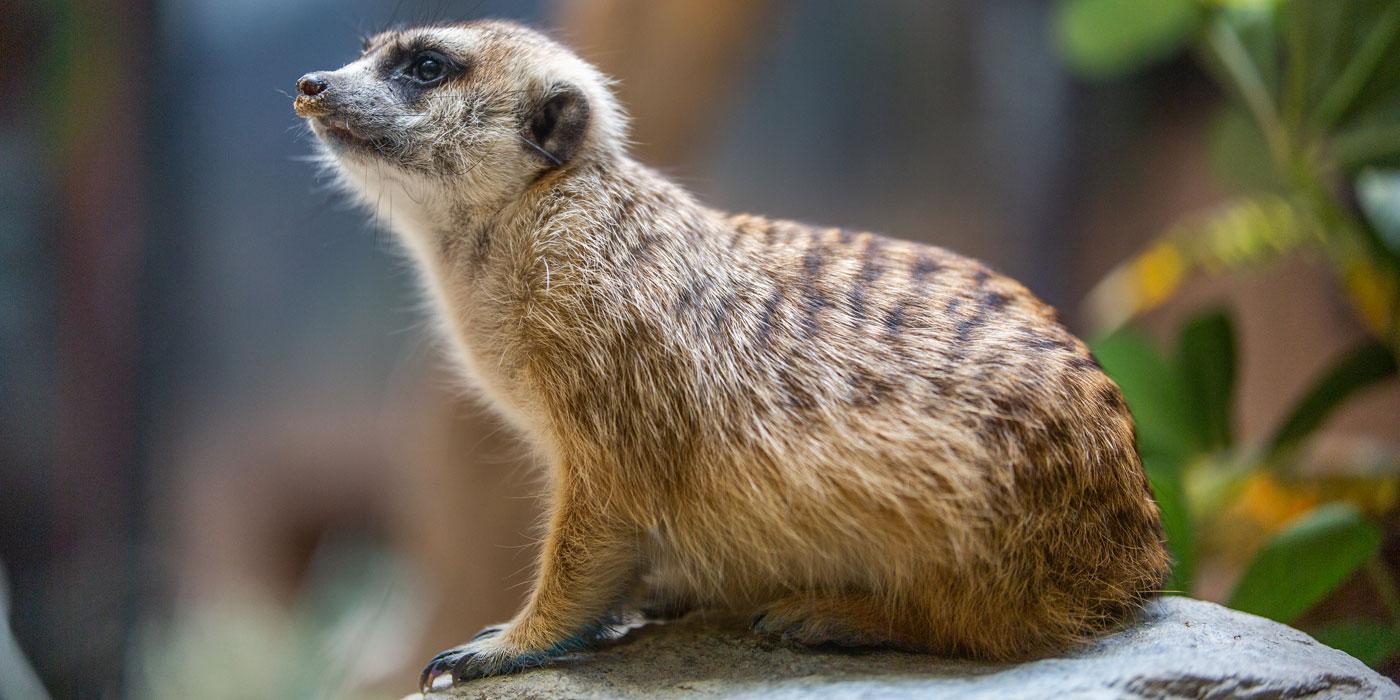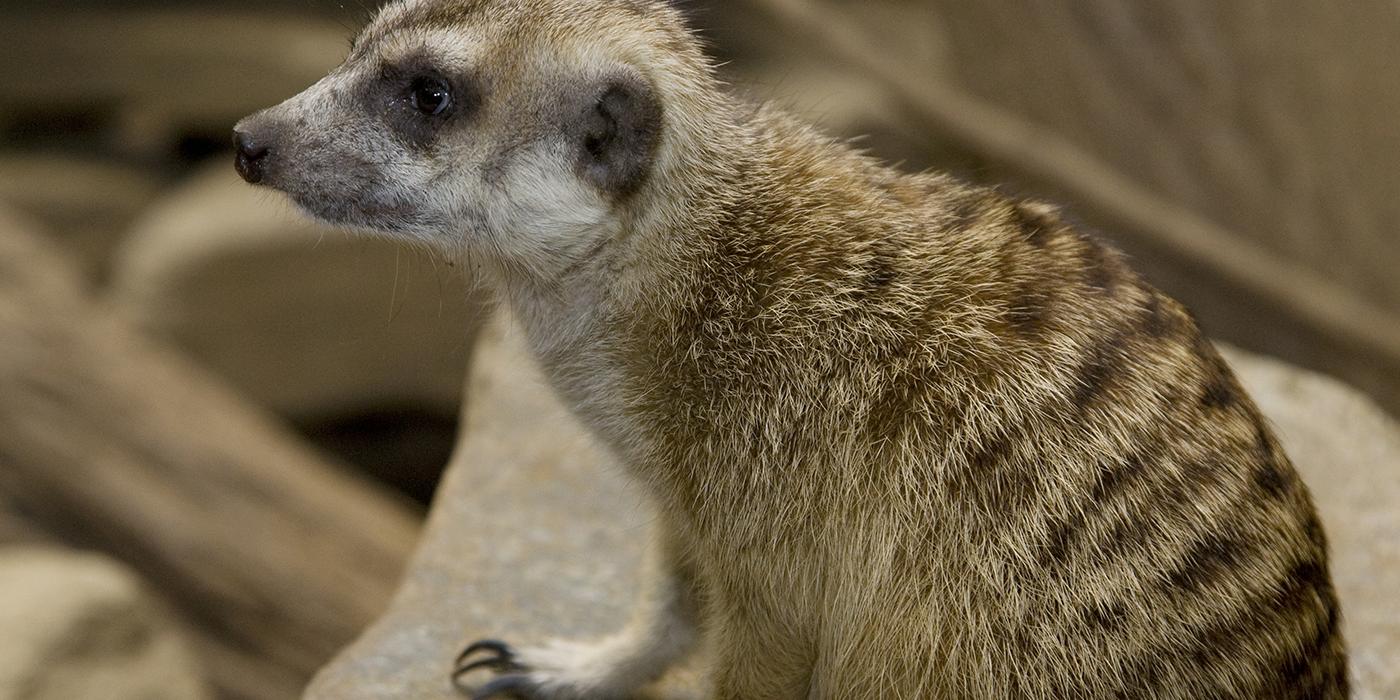Meerkats are active carnivores that live in burrows in Africa. These social animals live in groups, called mobs, with as many as 30 individuals that keep watch and scare off predators or other meerkats.
Physical Description
A member of the mongoose family, meerkats (also known as suricates) have grizzled gray and brown colored coats of fur with dark patches around their eyes, which help protect their eyes from the glare of the sun. They also have a dark tip on the tail. Meerkats have powerful foreclaws for digging. Their pointed snout helps enable them to excavate prey from narrow trenches.
Size
Meerkats' slender bodies are 10 to 14 inches (25 to 35 centimeters) long and their tails are almost as long as their bodies at 7 to 10 inches (18 to 25 centimeters).
Native Habitat
Meerkats live in southern Africa, including South Africa, Botswana, Zimbabwe and Mozambique. They live in dry, open plains, savannas and grasslands.
Lifespan
Meerkats live for about 10 years in human care.
Communication
Meerkats are gregarious and have at least ten distinctive vocalizations. Females tend to be more vocal than males. Vocalizations include murmurs, threatening growls and spits, scolding clucks, and a defensive alarm bark.
Food/Eating Habits
Meerkats primarily eat insects, such as grubs and termites, but will also eat small vertebrates, eggs and some plant matter. They may chew on tsama melons and dig up roots for water. They are very possessive of their food and defend their prey from other members of their pack.
At the Smithsonian's National Zoo, they eat commercial carnivore meat mix, dry cat food, apples, root vegetables, mealworms, crickets and earthworms.
Sleep Habits
Meerkats are diurnal and spend most of their active time foraging, basking in the sun, and grooming.
Social Structure
Active and social animals, meerkats live in groups that can include as many as 30 individuals, although the average pack size is around ten to 15 individuals. Groups are called mobs, and each mob may consist of up to three families living together. Each family group consists of a breeding pair and their offspring. The family groups within a single mob tend to get along well together and there doesn't appear to be a linear hierarchy within the pack; however, females seem to be the dominant members of the mob. When a female reaches sexual maturity, she is usually banished from the family. The mob will band together in a large, hissing mass to intimidate predators or other mobs.
Reproduction and Development
In the wild, breeding generally takes place during the warm, rainy season—from August through March when food is most abundant—but may occur throughout the year. Males will fight with the females to initiate mating. The gestation period for meerkats is 11 weeks. They have two to five offspring in a litter. After three weeks, the young will first leave the burrows; they are weaned at six to nine weeks. By 2 months of age, the young meerkats look like adults. They reach sexual maturity at about 1 year of age. Fathers help guard the young and non-breeding individuals in the pack also help to care for the young.
Conservation Efforts
Meerkats are classified as least concern on IUCN's Red List. Related species listed on the IUCN Red List include the Indian brown mongoose and the Liberian mongoose, both of which are listed as vulnerable.
Help this Species
- Reduce, reuse and recycle — in that order! Cut back on single-use goods, and find creative ways to reuse products at the end of their life cycle. Choose recycling over trash when possible.
- Be a smart consumer. Choose products made with sustainable ingredients, such as Smithsonian certified Bird Friendly coffees, which support farmers striving to limit their impact on wildlife and habitat.
- Are you a student? Did you love what you learned about this animal? Make it the topic of your next school project, or start a conservation club at your school. You'll learn even more and share the importance of saving species with classmates and teachers, too.
Animal News
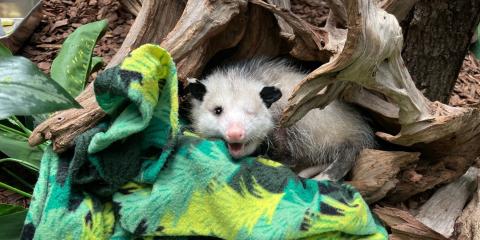
Remembering Basil, Our Virginia Opossum
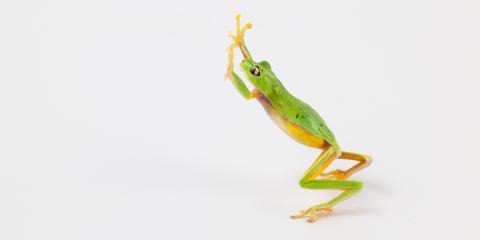
Happy Amphibian Week 2025
